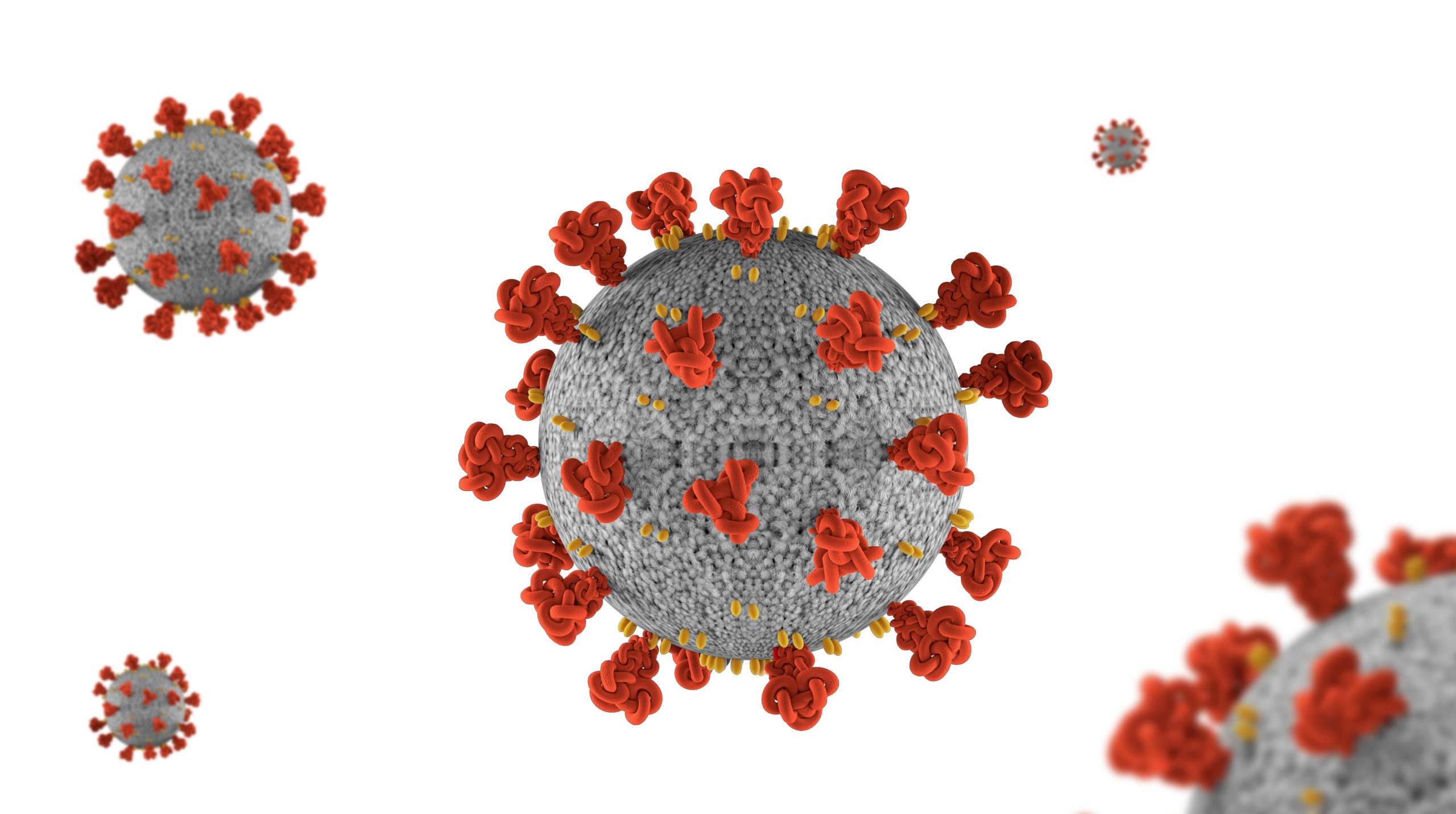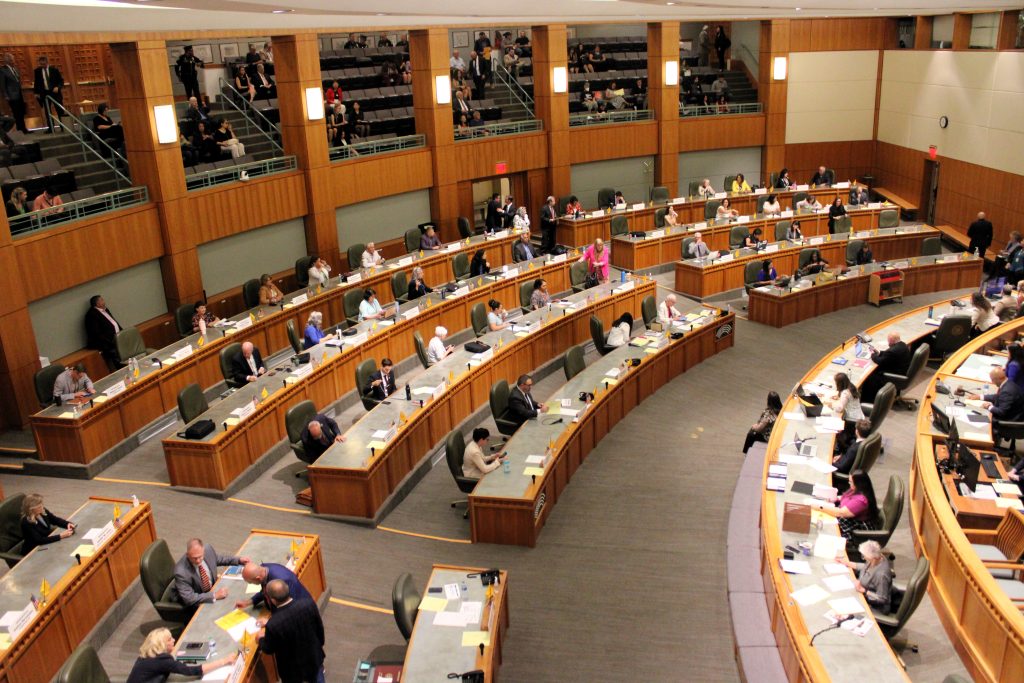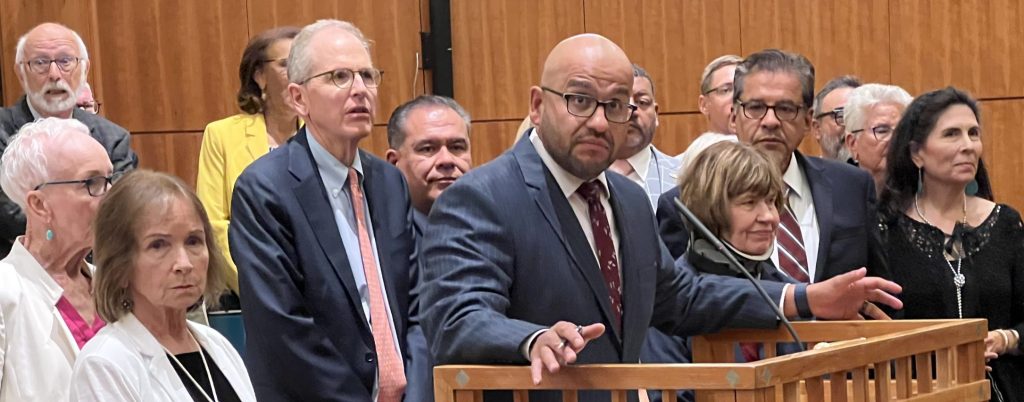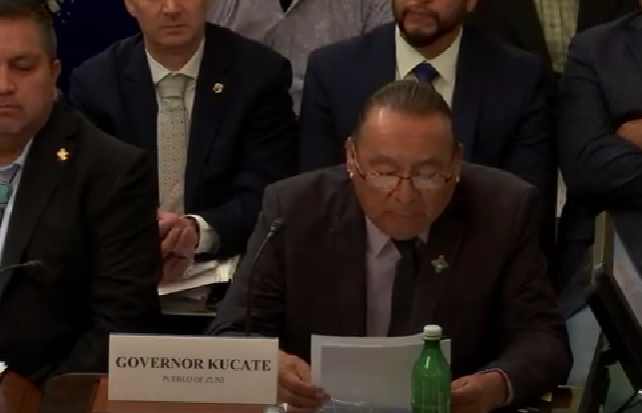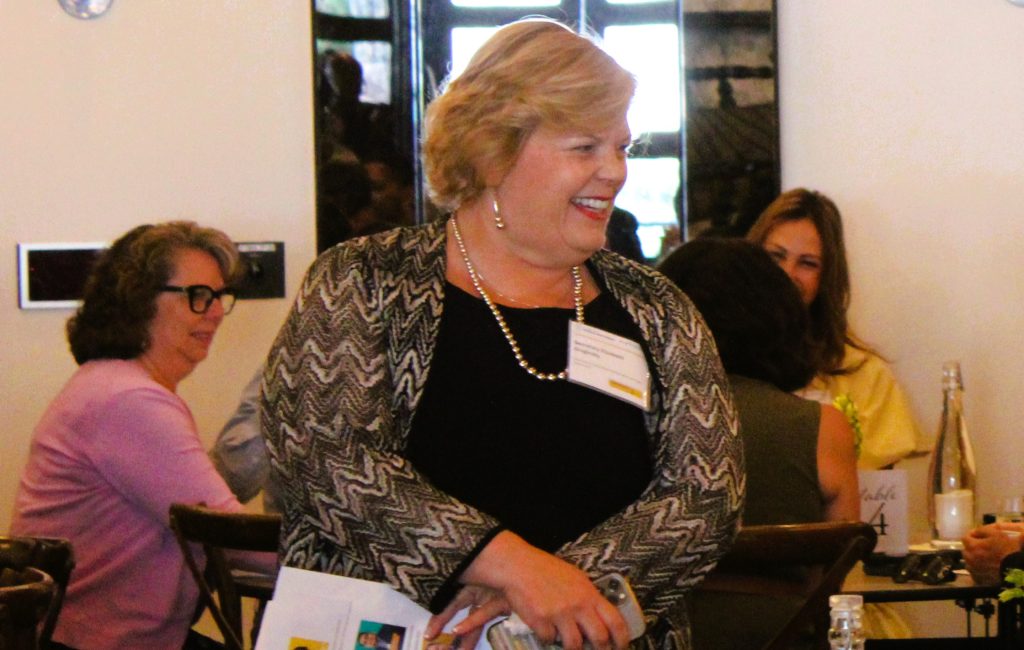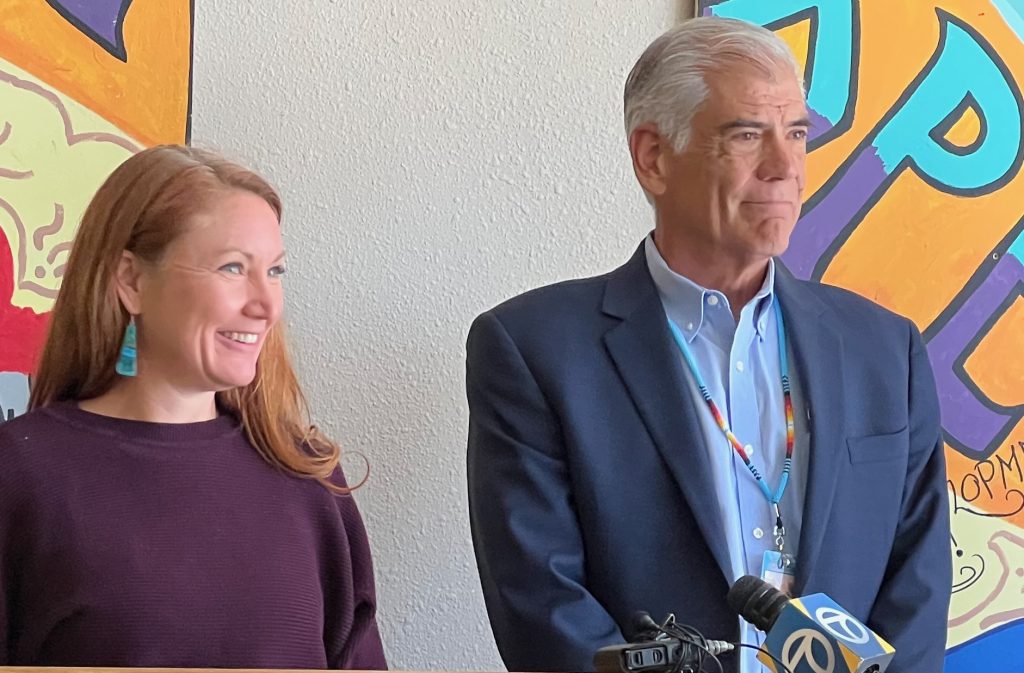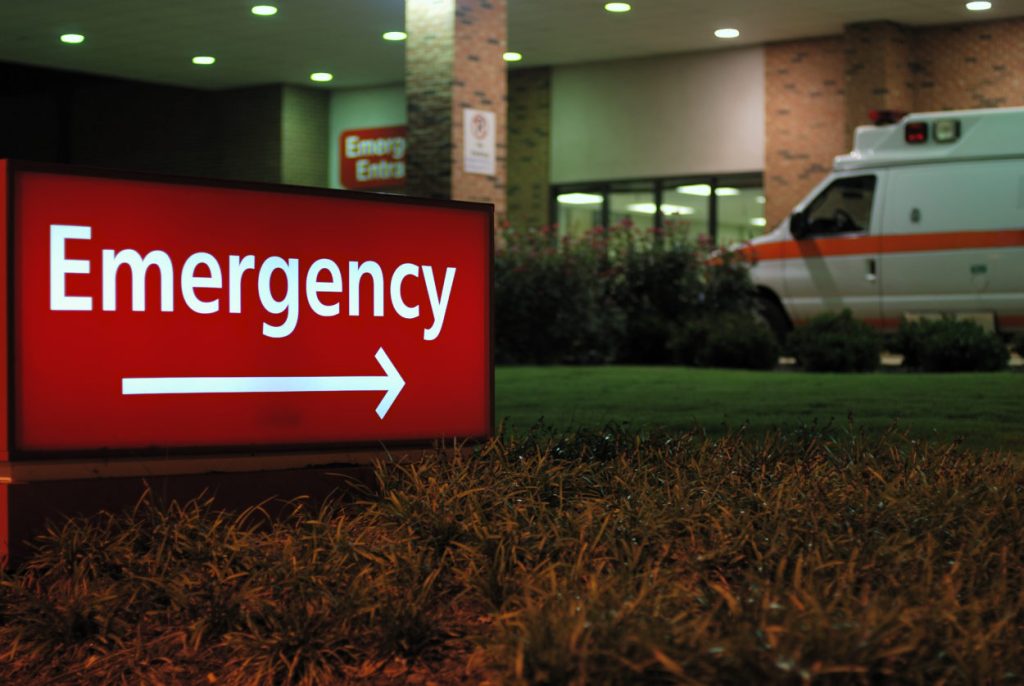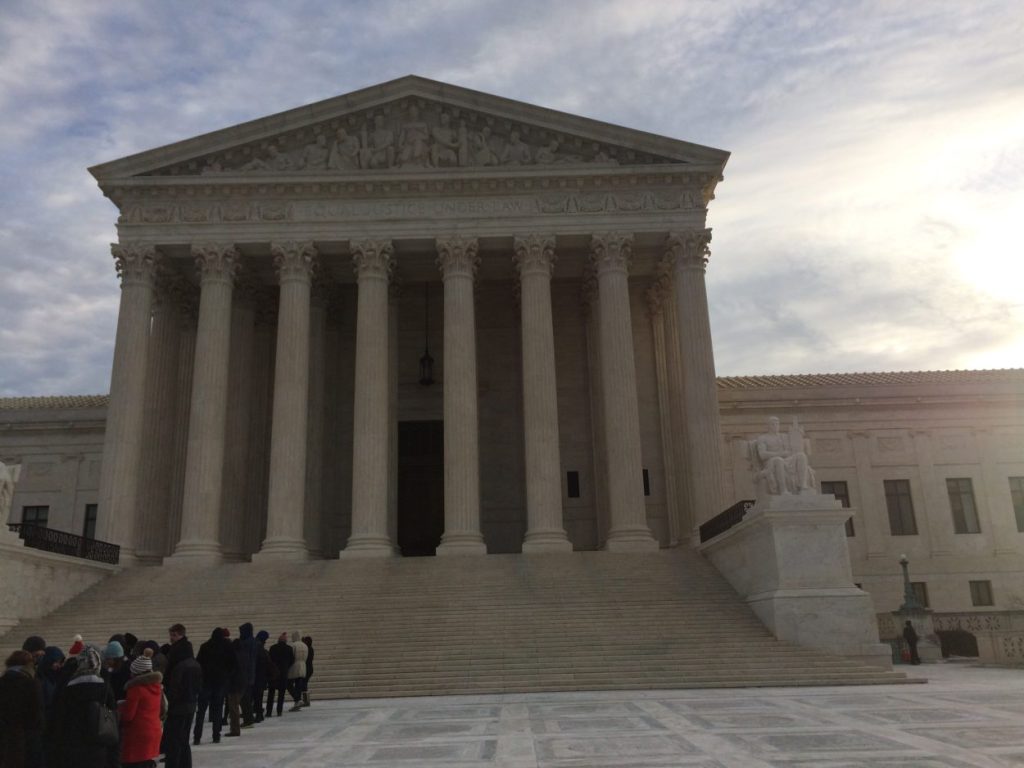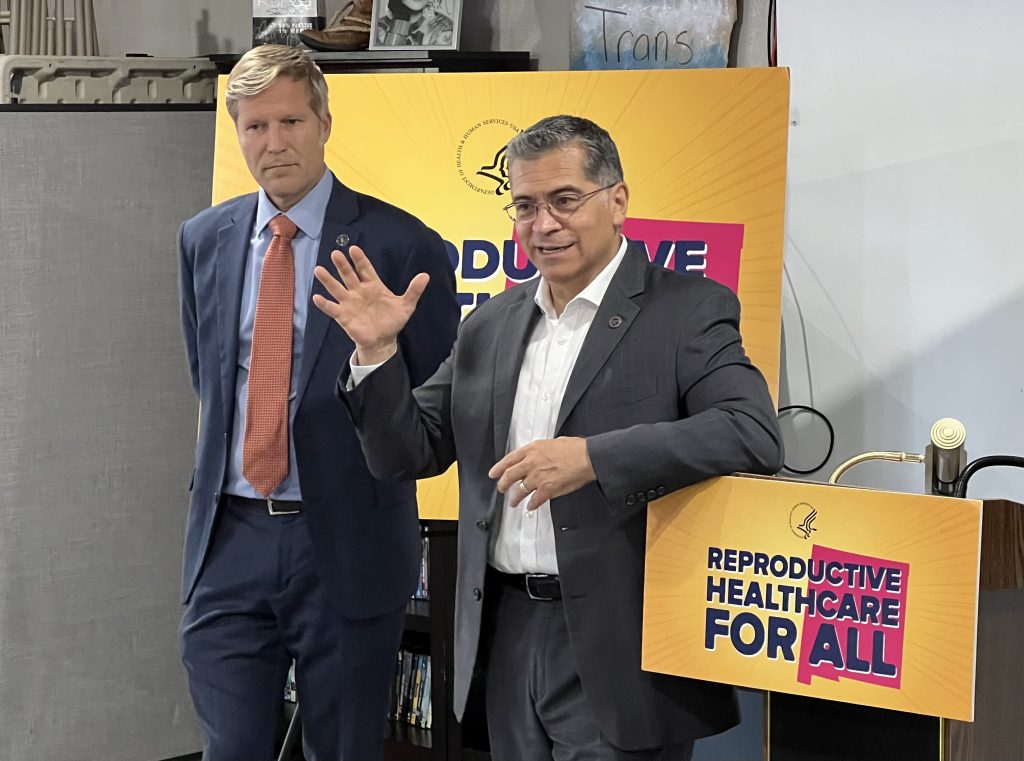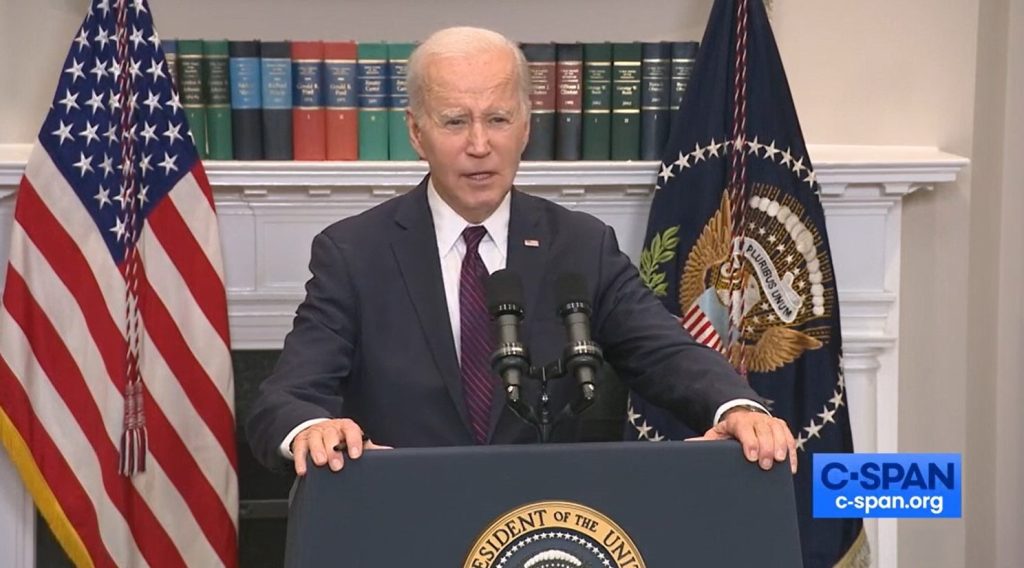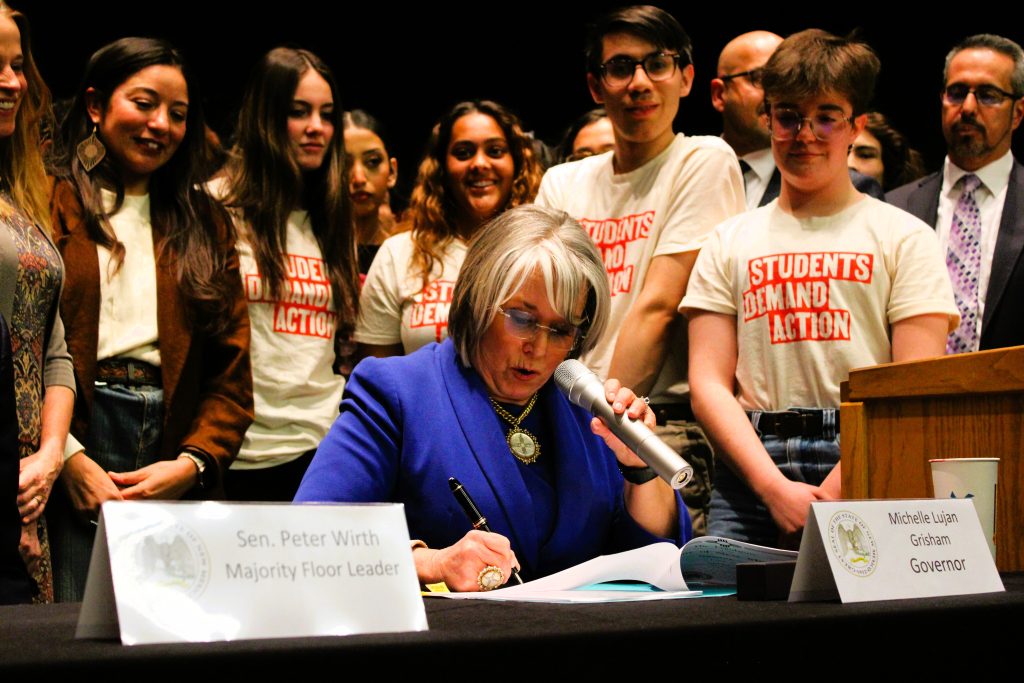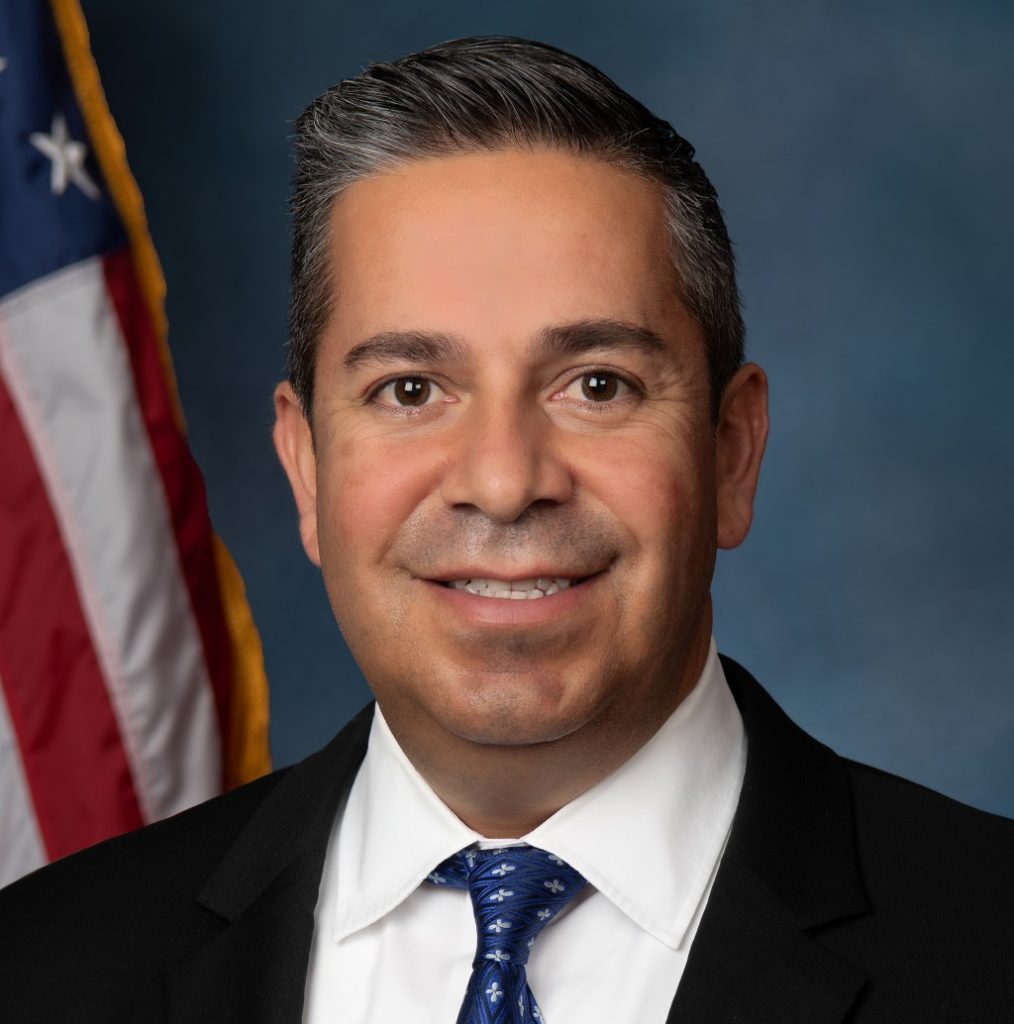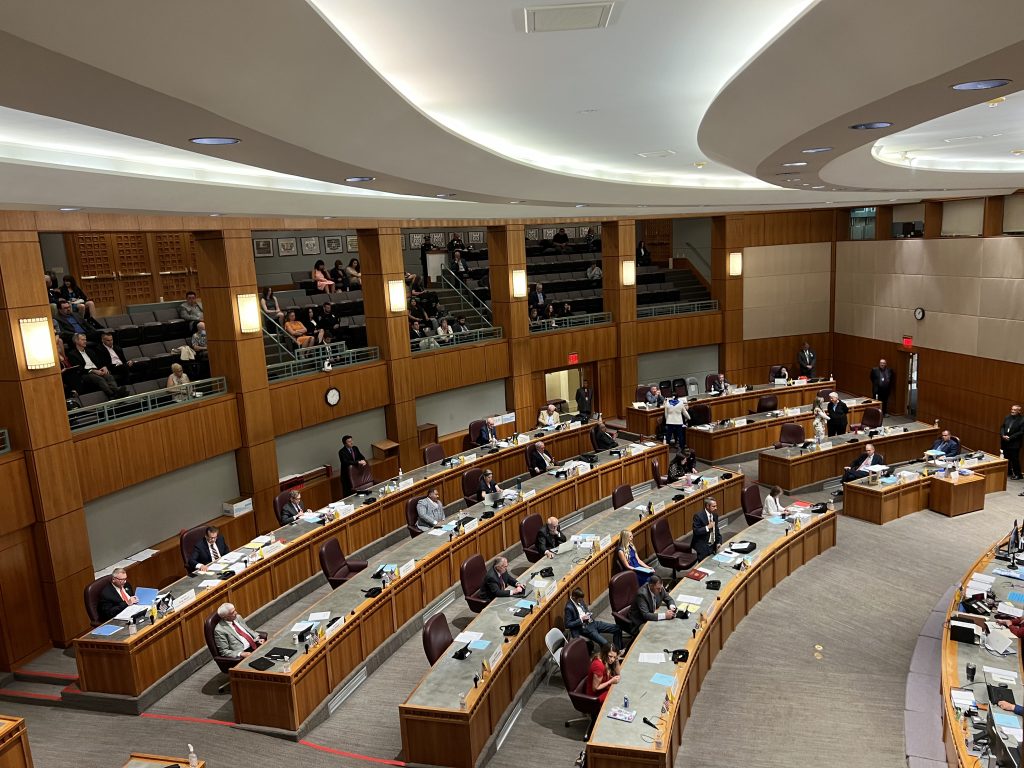BROOMFIELD, Colo. — Sara Wittner had seemingly gotten her life back under control. After a December relapse in her battle with drug addiction, the 32-year-old completed a 30-day detox program and started taking a monthly injection to block her cravings for opioids. She was engaged to be married, working for a local health association and counseling others about drug addiction.
Then the COVID-19 pandemic hit.
The virus knocked down all the supports she had carefully built around her: no more in-person Narcotics Anonymous meetings, no talks over coffee with a trusted friend or her addiction recovery sponsor. As the virus stressed hospitals and clinics, her appointment to get the next monthly shot of medication was moved back from 30 days to 45 days.
As best her family could reconstruct from the messages on her phone, Wittner started using again on April 12, Easter Sunday, more than a week after her originally scheduled appointment, when she should have gotten her next injection. She couldn’t stave off the cravings any longer as she waited for her appointment that coming Friday. She used again that Tuesday and Wednesday.
“We kind of know her thought process was that ‘I can make it. I’ll go get my shot tomorrow,’” said her father, Leon Wittner. “‘I’ve just got to get through this one more day and then I’ll be OK.’”
But on Thursday morning, the day before her appointment, her sister Grace Sekera found her curled up in bed at her parents’ home in this Denver suburb, blood pooling on the right side of her body, foam on her lips, still clutching a syringe. Her father suspects she died of a fentanyl overdose.
However, he said, what really killed her was the coronavirus.
“Anybody that is struggling with a substance abuse disorder, anybody that has an alcohol issue and anybody with mental health issues, all of a sudden, whatever safety nets they had for the most part are gone,” he said. “And those are people that are living right on the edge of that razor.”
Sara Wittner’s death is just one example of how complicated it is to track the full impact of the coronavirus pandemic — and even what should be counted. Some people who get COVID-19 die of COVID-19. Some people who have COVID die of something else. And then there are people who die because of disruptions created by the pandemic.
While public health officials are trying to gather data on how many people test positive for the coronavirus and how many people die from the infection, the pandemic has left an untold number dying in the shadows, not directly because of the virus but still because of it. They are unaccounted for in the official tally, which, as of June 21, has topped 119,000 in the U.S.
But the lack of immediate clarity on the numbers of people actually dying from COVID-19 has some onlookers, ranging from conspiracy theorists on Twitter all the way to President Donald Trump, claiming the tallies are exaggerated — even before they include deaths like Wittner’s. That has undermined confidence in the accuracy of the death toll and made it harder for public health officials to implement infection prevention measures.
Yet experts are certain that a lack of widespread testing, variations in how the cause of death is recorded, and the economic and social disruption the virus has caused are hiding the full extent of its death toll.
How to count
In the U.S., COVID-19 is a “notifiable disease” — doctors, coroners, hospitals and nursing homes must report when encountering someone who tests positive for the infection, and when a person who is known to have the virus dies. That provides a nearly real-time surveillance system for health officials to gauge where and to what extent outbreaks are happening. But it’s a system designed for speed over accuracy; it will invariably include deaths not caused by the virus as well as miss deaths that were.
For example, a person diagnosed with COVID-19 who dies in a car accident could be included in the data. But someone who dies of COVID-19 at home might be missed if they were never tested. Nonetheless, the numbers are close enough to serve as an early-warning system.
“They’re really meant to be simple,” Colorado state epidemiologist Dr. Rachel Herlihy said. “They apply these black-and-white criteria to often gray situations. But they are a way for us to systematically collect this data in a simple and rapid fashion.”
For that reason, she said, the numbers don’t always align with death certificate data, which takes much more time to review and classify. And even those can be subjective. Death certificates are usually completed by a doctor who was treating that person at the time of death or by medical examiners or coroners when patients die outside of a health care facility. Centers for Disease Control and Prevention guidelines allow for doctors to attribute a death to a “presumed” or “probable” COVID infection in the absence of a positive test if the patient’s symptoms or circumstances warrant it. Those completing the forms apply their individual medical judgment, though, which can lead to variations from state to state or even county to county in whether a death is attributed to COVID-19.
Furthermore, it can take weeks, if not months, for the death certificate data to move up the ladder from county to state to federal agencies, with reviews for accuracy at each level, creating a lag in those more official numbers. And they may still miss many COVID-19 deaths of people who were never tested.
That’s why the two methods of counting deaths can yield different tallies, leading some to conclude that officials are fouling up the numbers. And neither approach would capture the number of people who died because they didn’t seek care — and certainly will miss indirect deaths like Wittner’s where care was disrupted by the pandemic.
“All those things, unfortunately, are not going to be determined by the death record,” says Oscar Alleyne, chief of programs and services for the National Association of City and County Health Officials.
Using historical data to understand today’s toll
That’s why researchers track what are known as “excess” deaths. The public health system has been cataloging all deaths on a county-by-county basis for more than a century, providing a good sense of how many deaths can be expected every year. The number of deaths above that baseline in 2020 could tell the extent of the pandemic.
For example, from March 11 to May 2, New York City recorded 32,107 deaths. Laboratories confirmed 13,831 of those were COVID-19 deaths and doctors categorized another 5,048 of them as probable COVID-19 cases. That’s far more deaths than what historically occurred in the city. From 2014 through 2019, the city averaged just 7,935 deaths during that time of year. Yet when taking into account the historical deaths to assume what might occur normally, plus the COVID cases, that still leaves 5,293 deaths not explained in this year’s death toll. Experts believe that most of those deaths could be either directly or indirectly caused by the pandemic.
City health officials reported about 200 at-home deaths per day during the height of the pandemic, compared with a daily average 35 between 2013 and 2017. Again, experts believe that excess is presumably caused either directly or indirectly by the pandemic.
And nationally, a recent analysis of obituaries by the Health Care Cost Institute found that, for April, the number of deaths in the U.S. was running about 12% higher than the average from 2014 through 2019.
“The excess mortality tells the story,” said Dr. Jeremy Faust, an emergency medicine physician at Brigham and Women’s Hospital in Boston. “We can see that COVID is having a historic effect on the number of deaths in our community.”
These multiple approaches, however, have many skeptics crying foul, accusing health officials of cooking the books to make the pandemic seem worse than it is. In Montana, for example, a Flathead County health board member cast doubt over official COVID-19 death tolls, and Fox News pundit Tucker Carlson questioned the death rate during an April broadcast. That has sowed seeds of doubt. Some social media posts claim that a family member or friend died at home of a heart attack but that the cause of death was inaccurately listed as COVID-19, leading some to question the need for lockdowns or other precautions.
“For every one of those cases that might be as that person said, there must be dozens of cases where the death was caused by coronavirus and the person wouldn’t have died of that heart attack — or wouldn’t have died until years later,” Faust said. “At the moment, those anecdotes are the exceptions, not the rule.”
At the same time, the excess deaths tally would also capture cases like Wittner’s, where the usual access to health care was disrupted.
A recent analysis from Well Being Trust, a national public health foundation, predicted as many as 75,000 people might die from suicide, overdose or alcohol abuse, triggered by the uncertainty and unemployment caused by the pandemic.
“People lose their jobs and they lose their sense of purpose and become despondent, and you sometimes see them lose their lives,” said Benjamin Miller, Well Being’s chief strategy officer, citing a 2017 study that found that for every percentage point increase in unemployment, opioid overdose deaths increased 3.6%.
Meanwhile, hospitals across the nation have seen a drop-off in non-COVID patients, including those with symptoms of heart attacks or strokes, suggesting many people aren’t seeking care for life-threatening conditions and may be dying at home. Denver cardiologist Dr. Payal Kohli calls that phenomenon “coronaphobia.”
Kohli expects a new wave of deaths over the next year from all the chronic illnesses that aren’t being treated during the pandemic.
“You’re not necessarily going to see the direct effect of poor diabetes management now, but when you start having kidney dysfunction and other problems in 12 to 18 months, that’s the direct result of the pandemic,” Kohli said. “As we’re flattening the curve of the pandemic, we’re actually steepening all these other curves.”
Lessons from Hurricane Maria’s shifting death toll
That’s what happened when Hurricane Maria pummeled Puerto Rico in 2017, disrupting normal life and undermining the island’s health system. Initially, the death toll from the storm was set at 64 people. But more than a year later, the official toll was updated to 2,975, based on an analysis from George Washington University that factored in the indirect deaths caused by the storm’s disruptions. Even so, a Harvard study calculated the excess deaths caused by the hurricane were likely far higher, topping 4,600.
The numbers became a political hot potato, as critics blasted the Trump administration over its response to the hurricane. That prompted the Federal Emergency Management Agency to ask the National Academy of Sciences to study how best to calculate the full death toll from a natural disaster. That report is due in July, and those who wrote it are now considering how their recommendations apply to the current pandemic — and how to avoid the same politicization that befell the Hurricane Maria death toll.
“You have some stakeholders who want to downplay things and make it sound like we’ve had a wonderful response, it all worked beautifully,” said Dr. Matthew Wynia, director of the University of Colorado Center for Bioethics and Humanities and a member of the study committee. “And you’ve got others who say, ‘No, no, no. Look at all the people who were harmed.’”
Calculations for the ongoing pandemic will be even more complicated than for a point-in-time event like a hurricane or wildfire. The indirect impact of COVID-19 might last for months, if not years, after the virus stops spreading and the economy improves.
But Wittner’s family knows they already want her death to be counted.
Throughout her high school years, Sekera dreaded entering the house before her parents came home for fear of finding her sister dead. When the pandemic forced them all indoors together, that fear turned to reality.
“No little sister should have to go through that. No parent should have to go through that,” she said. “There should be ample resources, especially at a time like this when they’re cut off from the world.”

